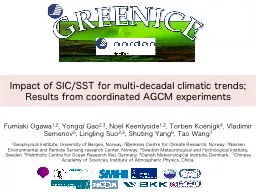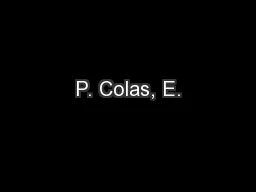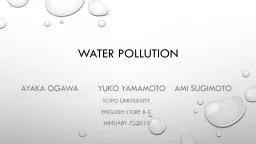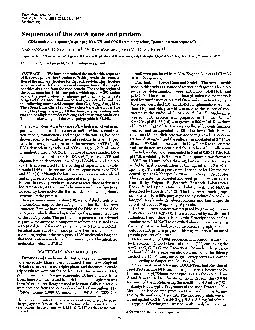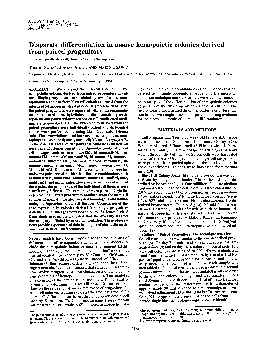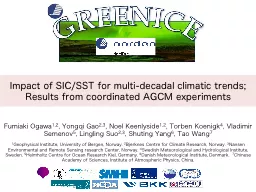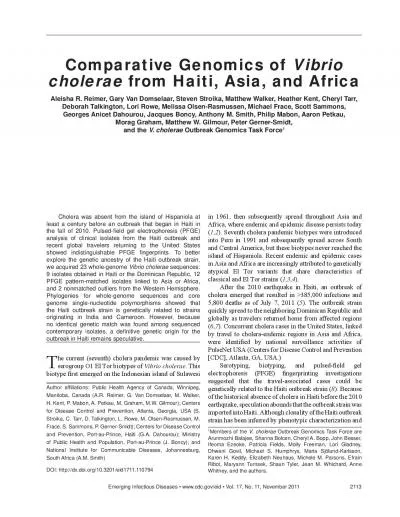PPT-Fumiaki Ogawa
Author : lois-ondreau | Published Date : 2017-11-11
12 Yongqi Gao 23 Noel Keenlyside 12 Torben Koenigk 4 Vladimir Semenov 5 Lingling Suo 23 Shuting Yang 6 Tao Wang 7 1 Geophysical Institute University
Presentation Embed Code
Download Presentation
Download Presentation The PPT/PDF document "Fumiaki Ogawa" is the property of its rightful owner. Permission is granted to download and print the materials on this website for personal, non-commercial use only, and to display it on your personal computer provided you do not modify the materials and that you retain all copyright notices contained in the materials. By downloading content from our website, you accept the terms of this agreement.
Fumiaki Ogawa: Transcript
Download Rules Of Document
"Fumiaki Ogawa"The content belongs to its owner. You may download and print it for personal use, without modification, and keep all copyright notices. By downloading, you agree to these terms.
Related Documents

